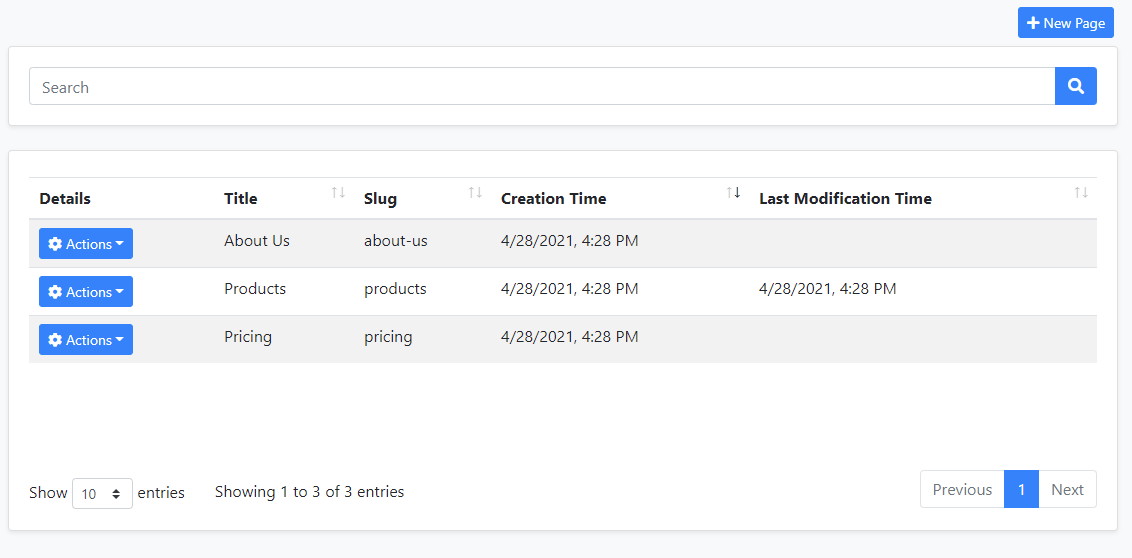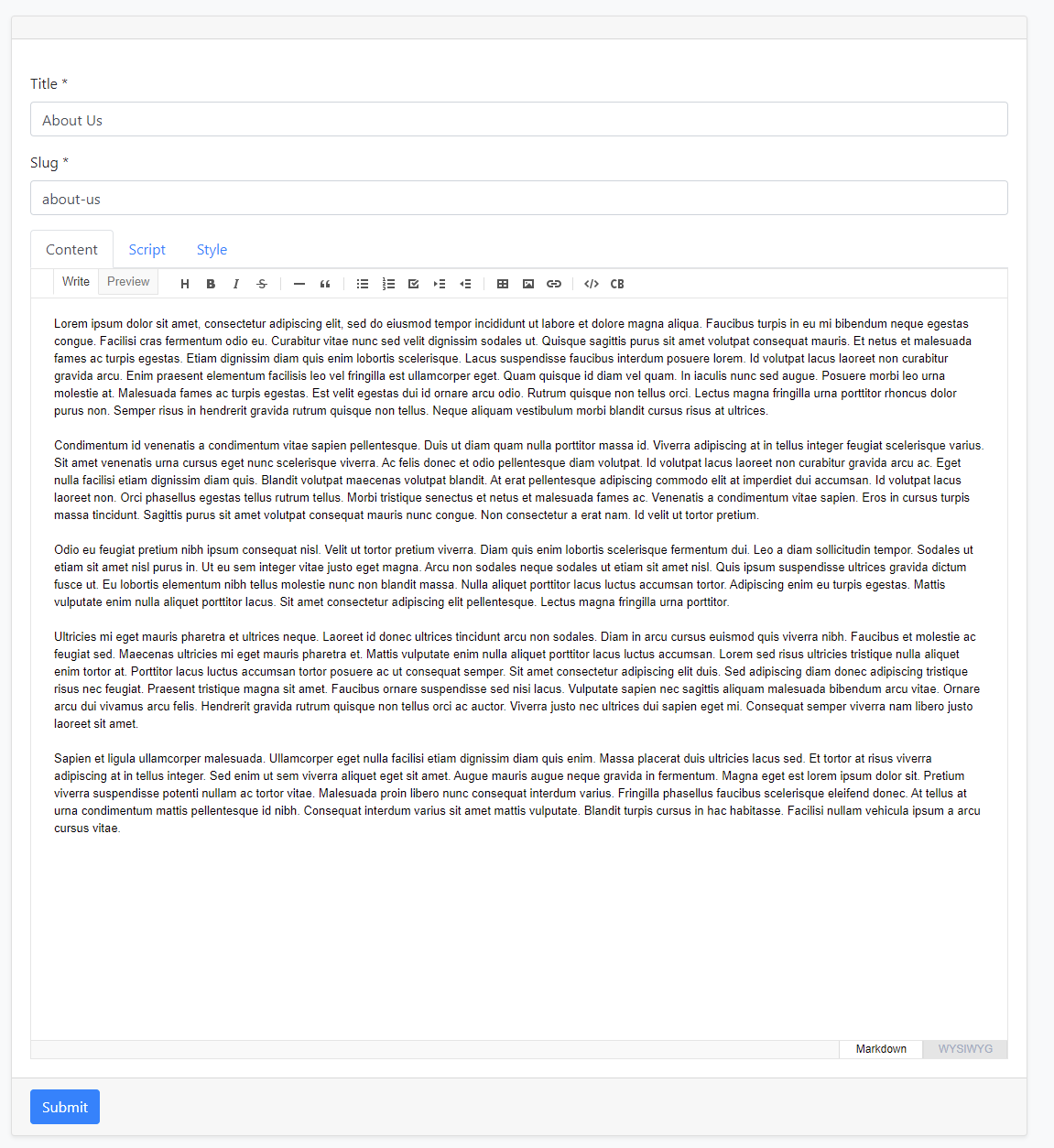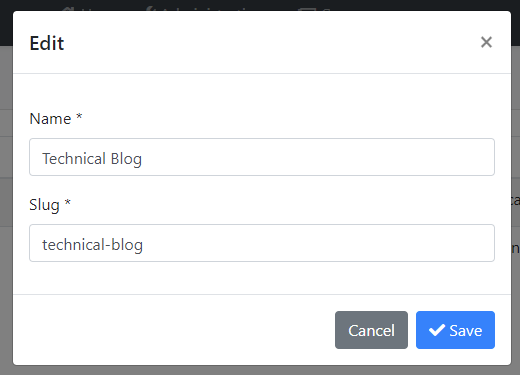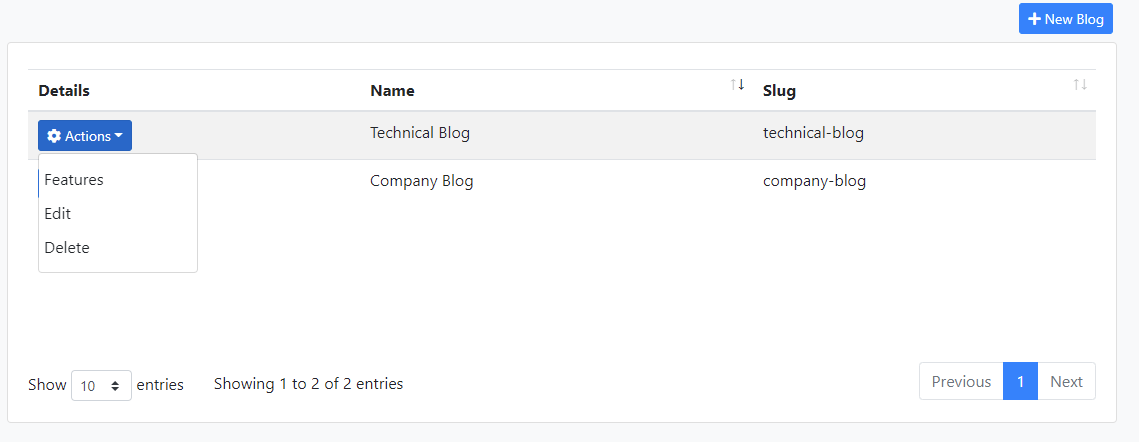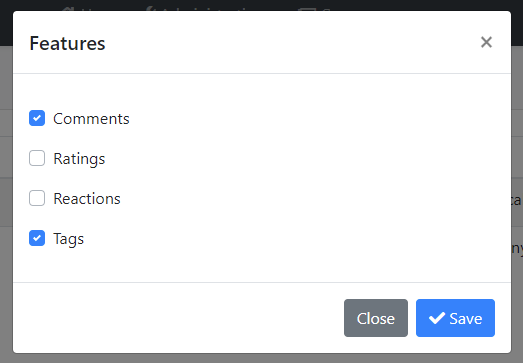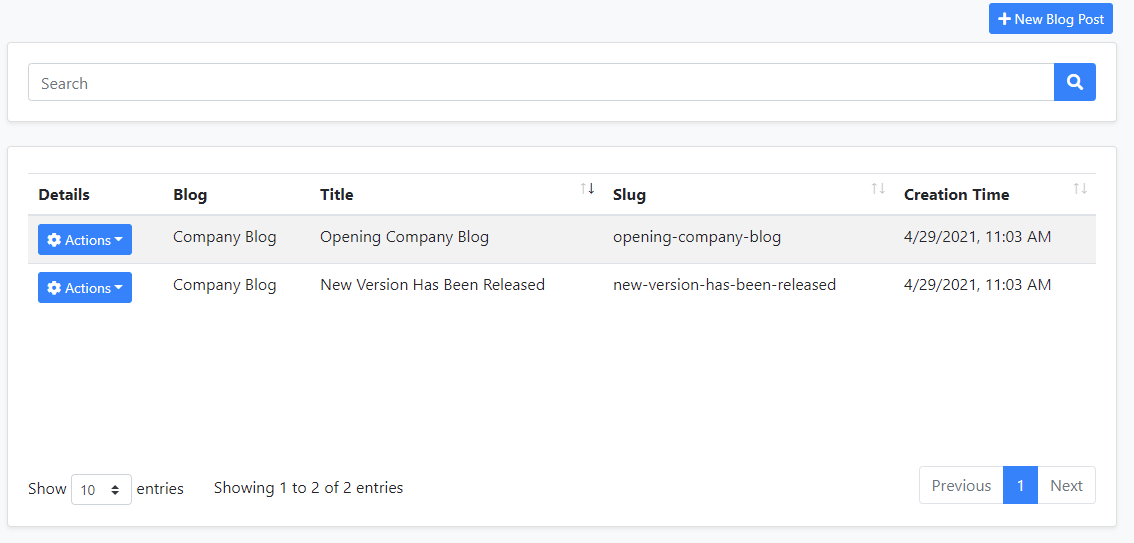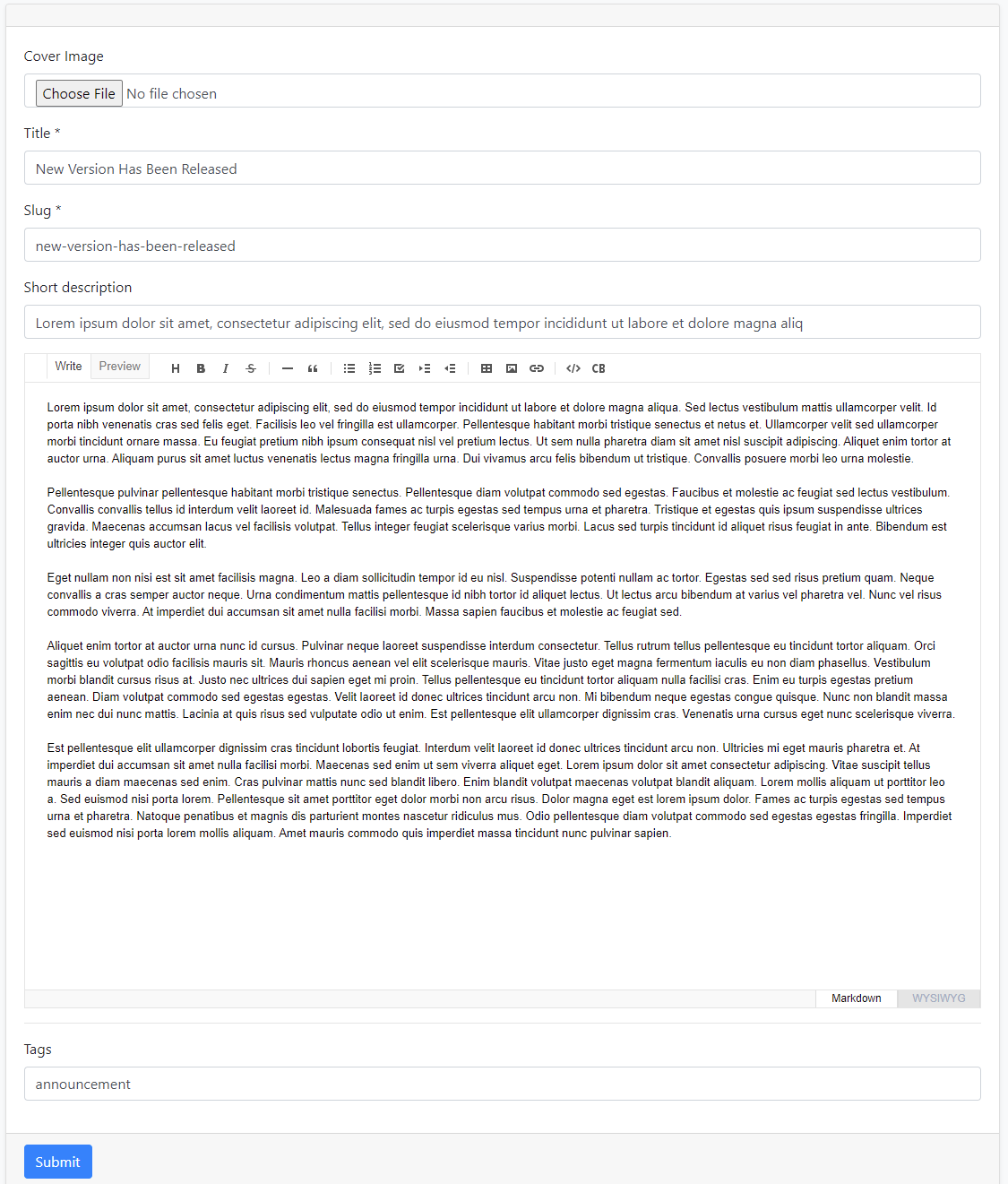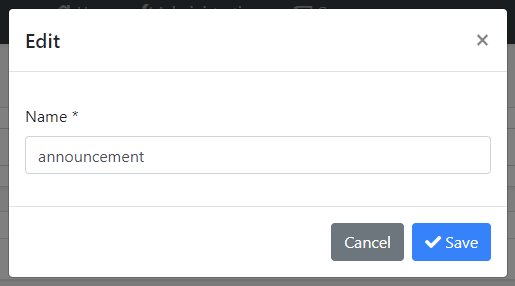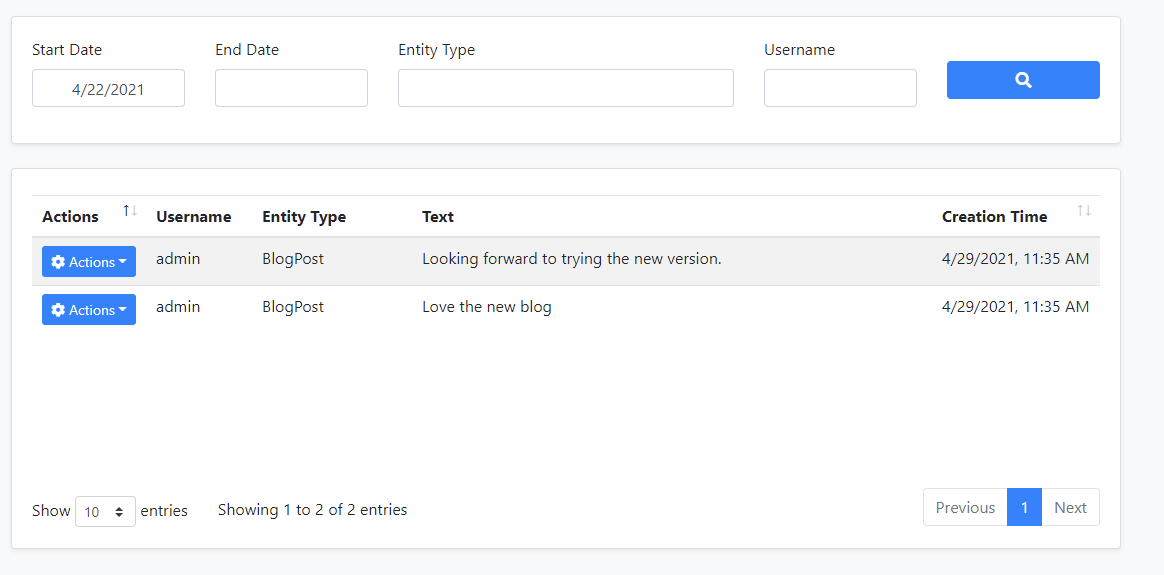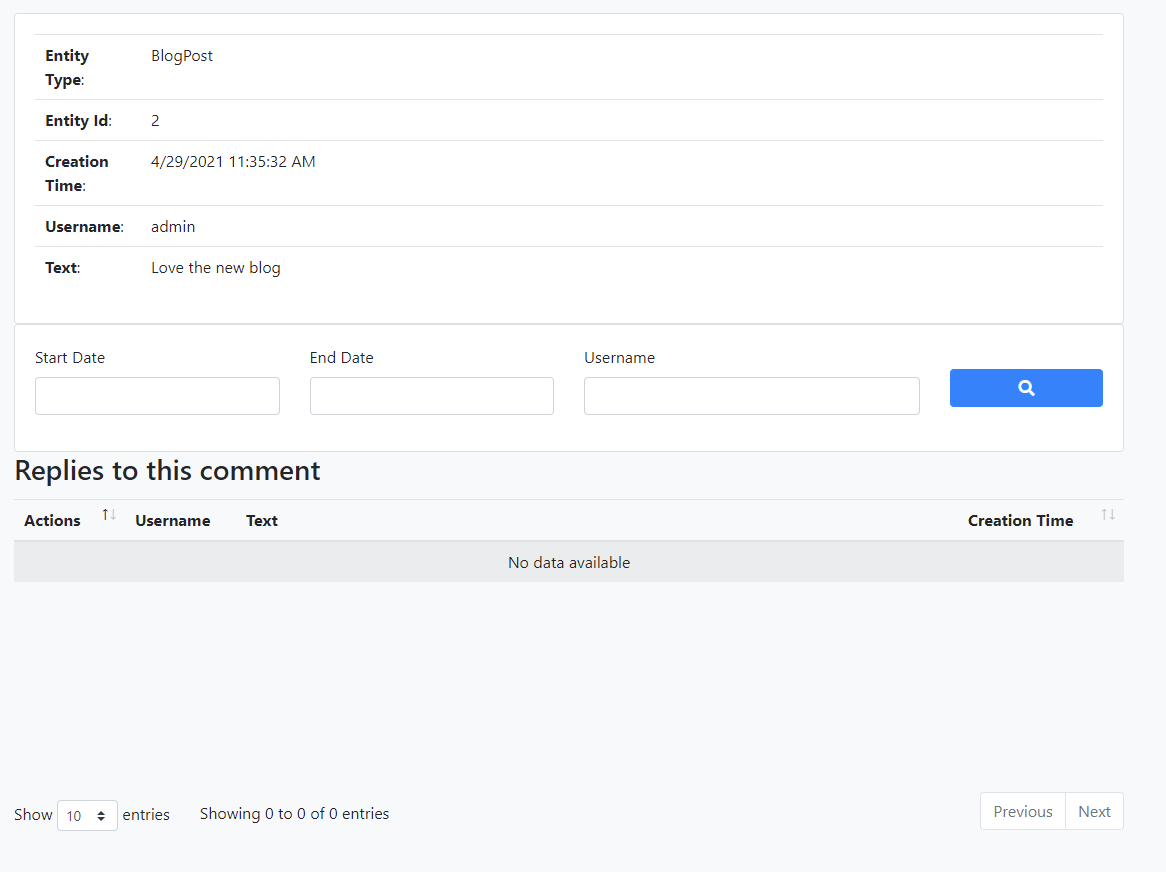6.3 KiB
CMS Kit Module
This module provides CMS (Content Management System) capabilities for your application. It provides core building blocks and fully working sub-systems to create your own website with CMS features enabled, or use the building blocks in your web sites with any purpose.
This module currently available only for the MVC UI. While there is no official Blazor package, it can also work in a Blazor Server UI since a Blazor Server UI application is actually a hybrid application that runs within the MVC UI.
The following features are currently available:
- Provides a page management system to manage dynamic pages with dynamic URLs.
- Provides a blog system to create publish blog posts with multiple blog support.
- Provides a tagging system to tag any kind of resource, like a blog post.
- Provides a comment system to add comments feature to any kind of resource, like blog post or a product review page.
- Provides a reaction system to add reactions (smileys) feature to any kind of resource, like a blog post or a comment.
- Provides a rating system to add rating feature to any kind of resource.
Click to a feature to understand and learn how to use it.
All features are individually usable. If you disable a feature, it completely disappears from your application, even from the database tables, by the help of the Global Features system.
How to Install
ABP CLI allows installing a module to a solution using the add-module command. You can install the CMS Kit module in a command-line terminal with the following command:
abp add-module Volo.CmsKit
After the installation process, open the GlobalFeatureConfigurator class in the Domain.Shared project of your solution and place the following code into the Configure method to enable all the features in the CMS Kit module.
GlobalFeatureManager.Instance.Modules.CmsKit(cmsKit =>
{
cmsKit.EnableAll();
});
Instead of enabling all, you may prefer to enable the features one by one. The following example enables only the tags and comments features:
GlobalFeatureManager.Instance.Modules.CmsKit(cmsKit =>
{
cmsKit.Tags.Enable();
cmsKit.Comments.Enable();
});
If you are using Entity Framework Core, do not forget to add a new migration and update your database.
The Packages
This module follows the module development best practices guide and consists of several NuGet and NPM packages. See the guide if you want to understand the packages and relations between them.
CMS kit packages are designed for various usage scenarios. When you visit the CMS kit package list page, you will see that packages have admin, public and unified versions:
Volo.CmsKit.Admin.*packages contain the functionalities required by admin (back office) applications.Volo.CmsKit.Public.*packages contain the functionalities used in public websites where users read blog posts or leave comments.Volo.CmsKit.*(without Admin/Public suffix) packages are called as unified packages. Unified packages are shortcuts for adding Admin & Public packages (of the related layer) separately. If you have a single application for administration and public web site, you can use these packages.
The User Interface
Menu items
CMS kit module adds the following items to the "Main" menu, under the "CMS" menu item:
- Pages: Page management page.
- Blogs: Blog management page.
- Blog Posts: Blog post management page.
- Tags: Tag management page.
- Comments: Comment management page.
CmsKitAdminMenus class has the constants for the menu item names.
Pages
Page Management
Pages page is used to manage dynamic pages in the system.
You can create or edit an existing page on this page.
- When you create a page, you can access the created page via
pages/{slug}URL.
Blog Management
Blogs page is used to create and manage blogs in your system.
A screenshot from the new blog creation modal:
Blog Features
You can enable or disable a specific feature for blogs by clicking the features action.
You can select/deselect the desired features for blog posts.
Blog Post Management
When you create blogs, you can manage blog posts on this page.
You can create and edit an existing blog post on this page. If you enable specific features such as tags, you can set tags for the blog post on this page.
Tag Management
CMS Kit provides an extensible tagging mechanism to add tagging capabilities to various places.
You can create or edit an existing tag on this page.
Comment Management
CMS Kit provides an extensible commenting mechanism to add comments to various places. You can add comment control to anywhere you want and manage the comments.
You can view and manage comments on this page.
You can manage and view replies on this page.
Reactions
CMS Kit provides an extensible reaction component system to allow users to send reactions to your content. Here how the reactions component looks on a sample page.
You can also customize the reaction icons shown in the reaction component.
Ratings
You can use the rating component to add rating a mechanism to your content. Here how the rating component looks on a sample page.
